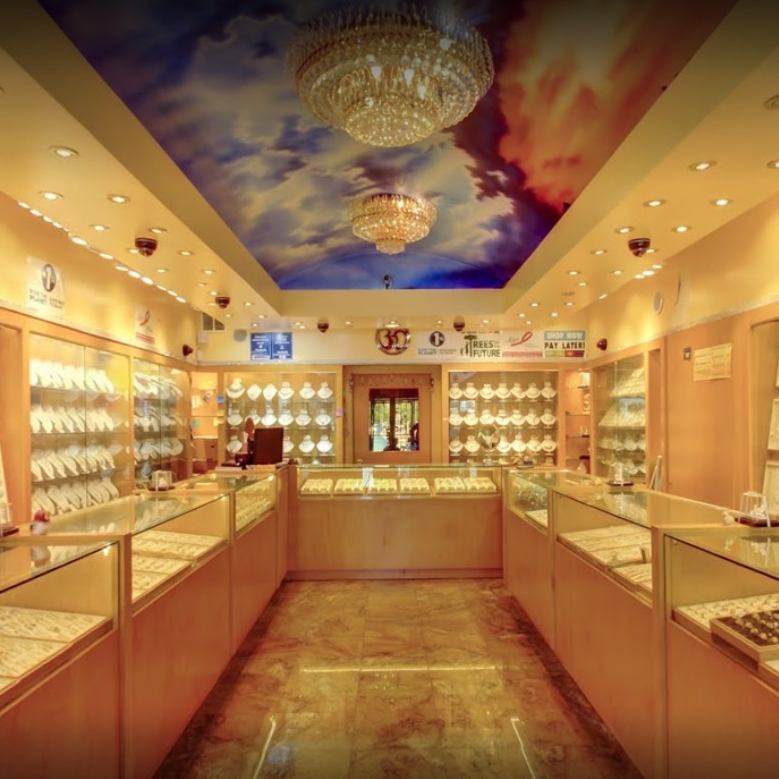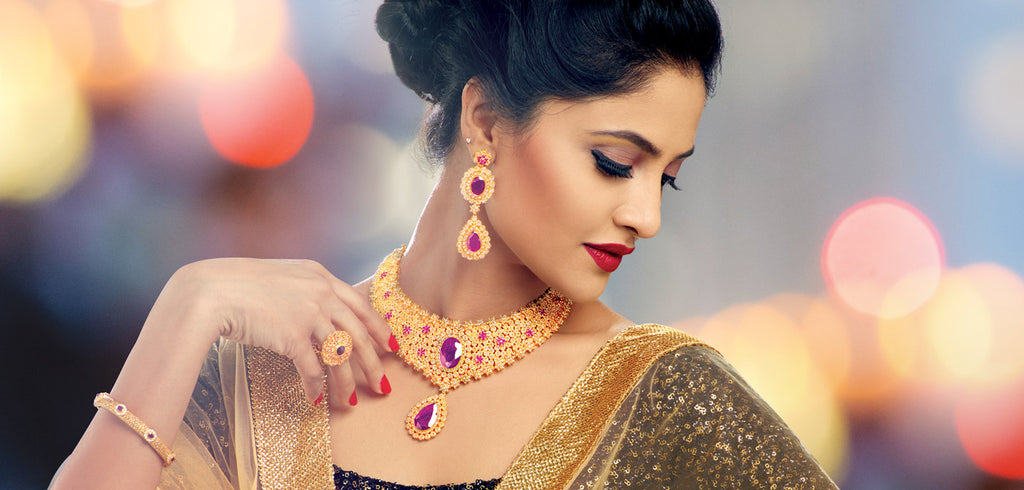Cultural and Regional Influences in Personalized and Customized Jewelry
Jewelry has long been a reflection of cultural heritage, regional traditions, and individual identity. In the realm of personalized and customized jewelry, these influences are amplified, as artisans and designers draw inspiration from diverse cultures and traditions to create pieces that resonate with wearers on a deeply personal level. In this article, we explore the rich tapestry of cultural and regional influences in personalized and customized jewelry, celebrating the diversity, symbolism, and craftsmanship that define these cherished pieces.
Celebrating Diversity and Heritage
Cultural and regional influences infuse personalized and customized jewelry with a richness and diversity that reflects the mosaic of human experience. From intricate filigree patterns to vibrant gemstone colors, each piece carries the imprint of its cultural origins, celebrating the traditions, customs, and stories of generations past. Whether it's a Celtic knot ring, an African beaded necklace, or a Navajo-inspired cuff bracelet, personalized jewelry serves as a tangible expression of cultural pride and heritage, bridging the gap between past and present, near and far.
Symbolism and Tradition
In many cultures, jewelry serves as more than just adornment; it is imbued with deep symbolic meaning and spiritual significance. Personalized and customized jewelry often incorporates symbols and motifs that hold special cultural or religious significance, conveying messages of love, protection, and prosperity. From the Om symbol of Hinduism to the Hamsa hand of Judaism, these symbols serve as talismans of faith and devotion, guiding wearers on their journey through life and connecting them to their cultural roots.
Regional Materials and Techniques
The choice of materials and techniques in personalized and customized jewelry is often influenced by regional traditions and craftsmanship. In regions known for their rich mineral deposits, such as India and Colombia, gemstones like ruby, emerald, and sapphire are prized for their vibrant colors and spiritual significance. In contrast, regions renowned for their metalworking heritage, such as Italy and Thailand, produce intricately designed pieces using techniques passed down through generations. These regional materials and techniques lend a unique character and authenticity to personalized jewelry, celebrating the artistry and ingenuity of local artisans.
Rituals and Ceremonies
Personalized and customized jewelry plays a central role in rituals and ceremonies across cultures and regions, marking significant milestones and life transitions. In India, for example, the exchange of gold jewelry is an integral part of wedding ceremonies, symbolizing prosperity, fertility, and familial bonds. In Native American cultures, the giving of turquoise jewelry is a gesture of friendship and protection, honoring the spiritual connection between humans and the natural world. These rituals and ceremonies underscore the importance of personalized jewelry as a conduit for cultural expression and social cohesion.
Global Fusion and Innovation
In an increasingly interconnected world, personalized and customized jewelry reflects a fusion of global influences and innovation. Artisans and designers draw inspiration from diverse cultures and traditions, blending traditional techniques with contemporary design elements to create pieces that resonate with a global audience. This cross-cultural exchange enriches the tapestry of personalized jewelry, infusing it with new perspectives, aesthetics, and narratives that transcend geographical boundaries and celebrate the diversity of human creativity.
In conclusion, cultural and regional influences play a central role in shaping the landscape of personalized and customized jewelry, infusing it with a richness, diversity, and depth of meaning that transcends time and place. As we adorn ourselves with these cherished pieces, we honor the traditions, stories, and legacies of cultures around the world, celebrating the universal language of beauty, craftsmanship, and human connection.

















